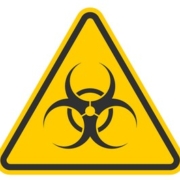Vancomycin Resistant Enterococci
Enterococci
- Enterococci are part of normal gastrointestinal and genital tract flora.
- Enterococci are gram positive cocci included in the Streptococci group D species; they are widely distributed in nature, animals and humans.
- Among the 17 species currently recognized, E. faecalis and E. faecium are the most prominent in humans.
- Infections that can be caused by enterococci include: UTI, bacteremia, wound, abdominal-pelvic infections and endocarditis.
- Vancomycin is an important antibiotic used alone or in combination with other antibiotics for the treatment of serious infections caused by enterococci.
Resistance to Vancomycin
- Vancomycin resistant enterococci (VRE) are multidrug resistant strains which present a serious difficulty in treating patients.
- The resistance to vancomycin is induced by a genetic mechanism; the “VAN A gene” confers high-level resistance to vancomycin; it is plasmid mediated and can be transferred to other microorganisms such as Staphylococcus aureus. This may increase a possible emergence of VRSA (vancomycin resistant Staphylococcus aureus).
- The patients can be “colonized” (carrying VRE without symptoms of infection), or “infected” (the presence of the VRE accompanied by clinical symptoms). They are both sources for nosocomial infection.
- The most frequent sites for colonization are: stool, perineal, anus, axilla, umbilicus, wounds, foley catheter, and colostomy sites.
Epidemiology
- Most infections and colonizations with VRE are attributed to the patient’s endogenous flora.
- VRE can be spread by direct patient to patient contact or indirectly via hands of personnel, contaminated environmental surface or patient care equipment.
Prevention
- Since vancomycin use has been reported consistently as a risk factor for colonization and infection with VRE, a restriction in the use of vancomycin should be imposed (see Hospital Infection Control Practices Advisory Committee recommendations).
- It is strongly recommended for each facility to develop its own policies regarding the prevention and control of nosocomial transmission of VRE (isolation, culture survey, education program) according to the Hospital Infection Control Practices Advisory Committee (a copy is available from NICL).











